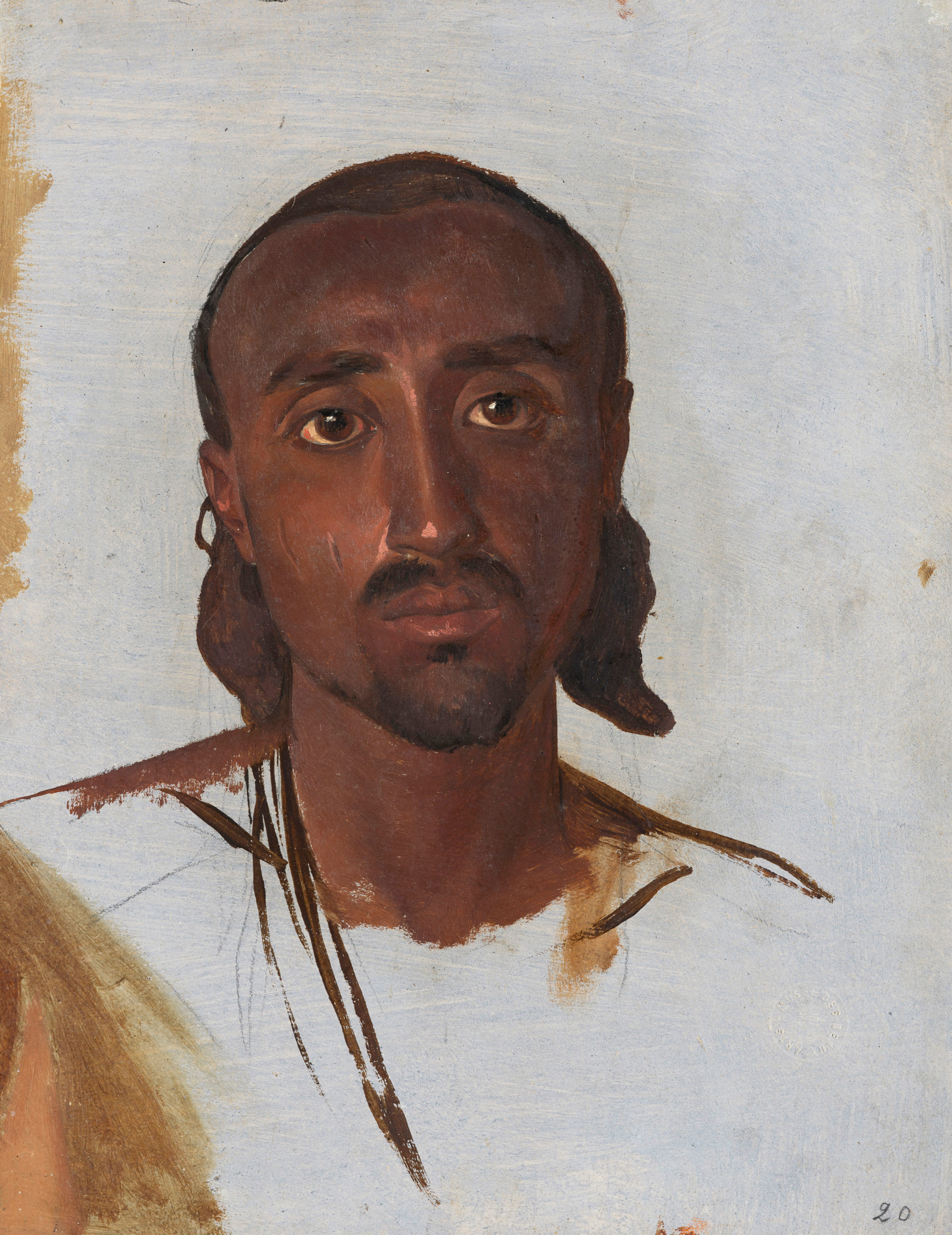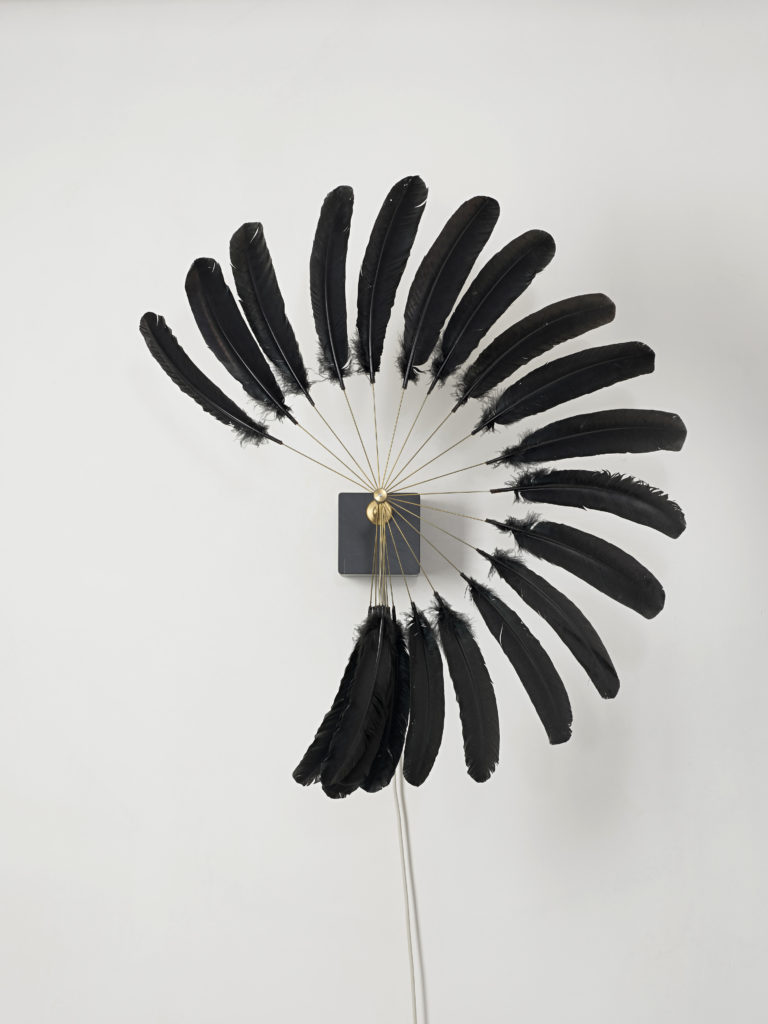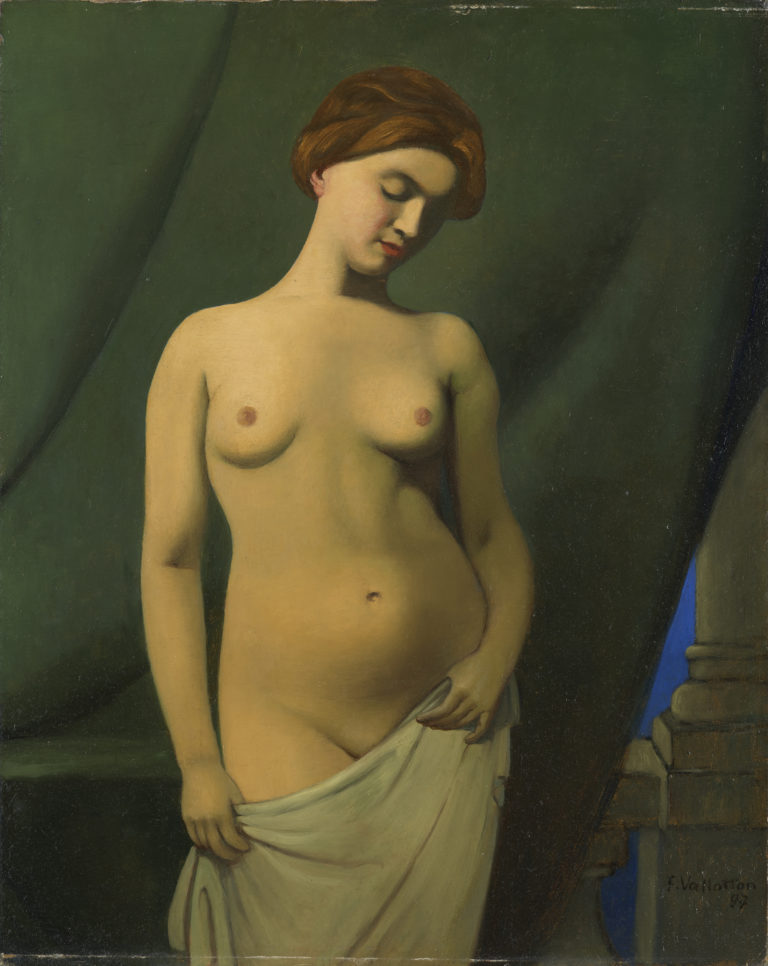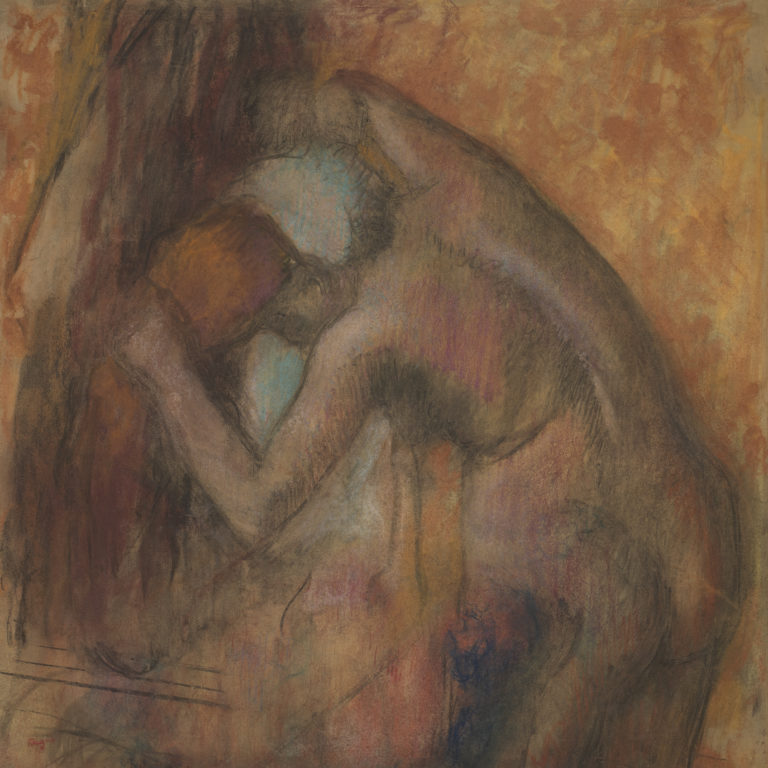Bibliography
Côme Fabre (ed.), Charles Gleyre (1806-1874). Le romantique repenti, exh. cat. Paris, Musée d’Orsay, Paris, Hazan, 2016: 137-138, n. 37.
Catherine Lepdor (ed.), Charles Gleyre. Le génie de l’invention, exh. cat. Lausanne, Musée cantonal des Beaux-Arts, Milan, 5 Continents Editions, 2006: n. 70.
William Hauptman, Charles Gleyre 1806-1874. I Life and Works. II Catalogue raisonné, Princeton/N.J., Princeton University Press, Zurich, Institut suisse pour l’étude de l’art, 1996: n. 353.




Charles Gleyre had been in Rome for five years when, in spring 1834, he had the opportunity to live the dream that obsessed all Romantics: to travel to the Orient, to discover the monuments of Ancient Egypt and meet its famously ‘exotic’ people. His Italian career had ground to a halt and he was living precariously, so he leapt at the chance of working as a draughtsman and documentarian for John Lowell Jr., an industrialist from Boston. Their journey took them from Italy to Greece and on to Asia Minor, then finally to Egypt and Sudan. The artist produced over 150 drawings and watercolours, among them many measured archaeological drawings. The adventure made a lasting impression, and also gave him a special status among artists of his generation, few of whom had travelled beyond the Sixth Cataract on the Nile, from Alexandria all the way to the ‘land of the Blacks’.
This study belongs to a set of a dozen paintings, probably executed in Sennar, a province of southern Nubia. Painted in oils, these tightly framed portraits from real life show faces of men and women from different ethnic groups. Gleyre carefully set about capturing individual features, creating an unmatched gallery at a time when the condescending attention of Europeans who travelled to Africa focused only on the picturesqueness of the costumes and strangeness of the rites. His work on light brings out the details of the skin, hair and finery against the grey ground of the prepared paper, placing us in the presence of human beings whose grave expressions seem to interrogate our perception of alterity.
At the time he made this portrait, Gleyre was living immersed with the local population. In November 1835 he parted company with his American patron in Khartoum. Weakened by dysentery, ophthalmia and fever, he completed the last stage of his oriental journey in complete solitude, before returning to France via Lebanon in spring 1838.